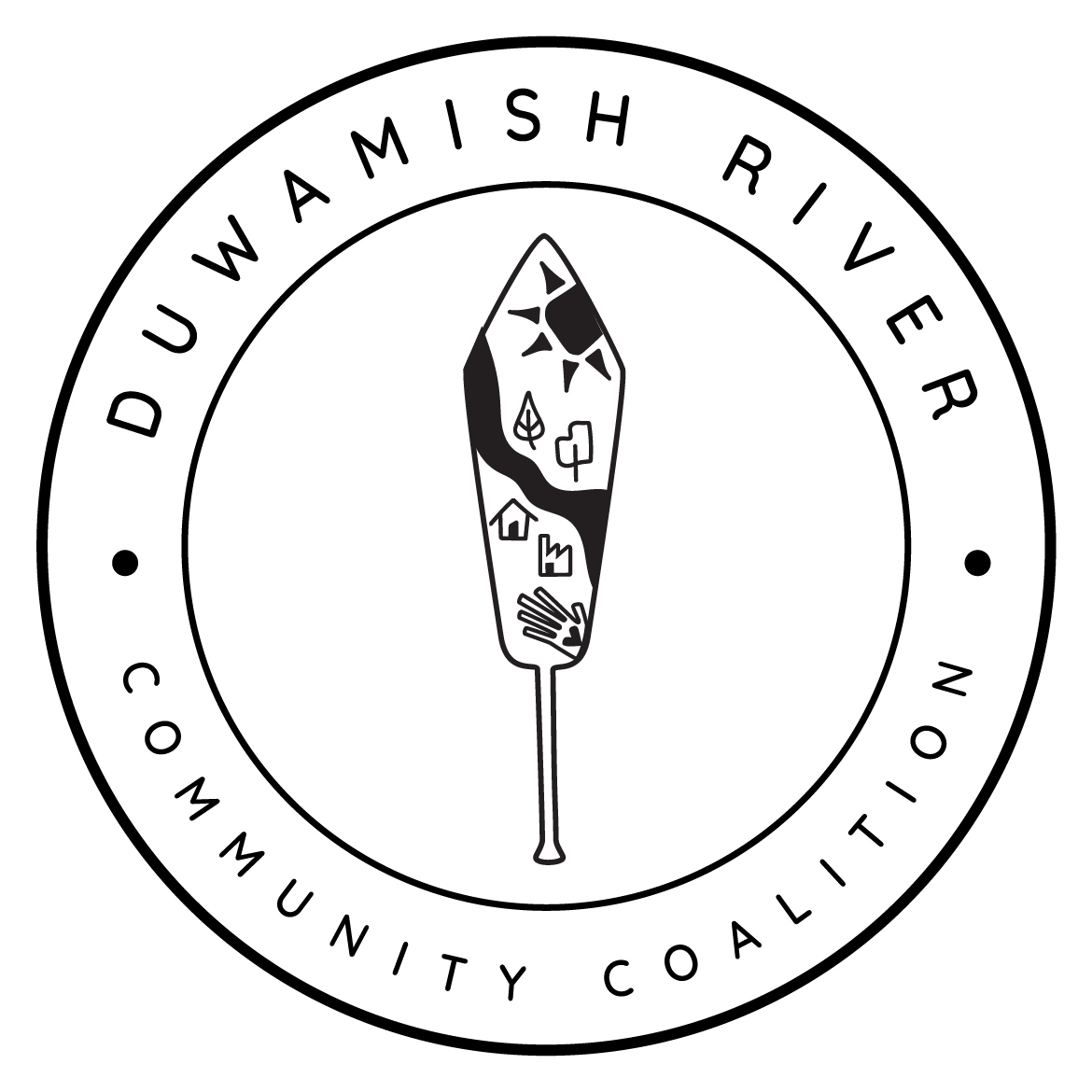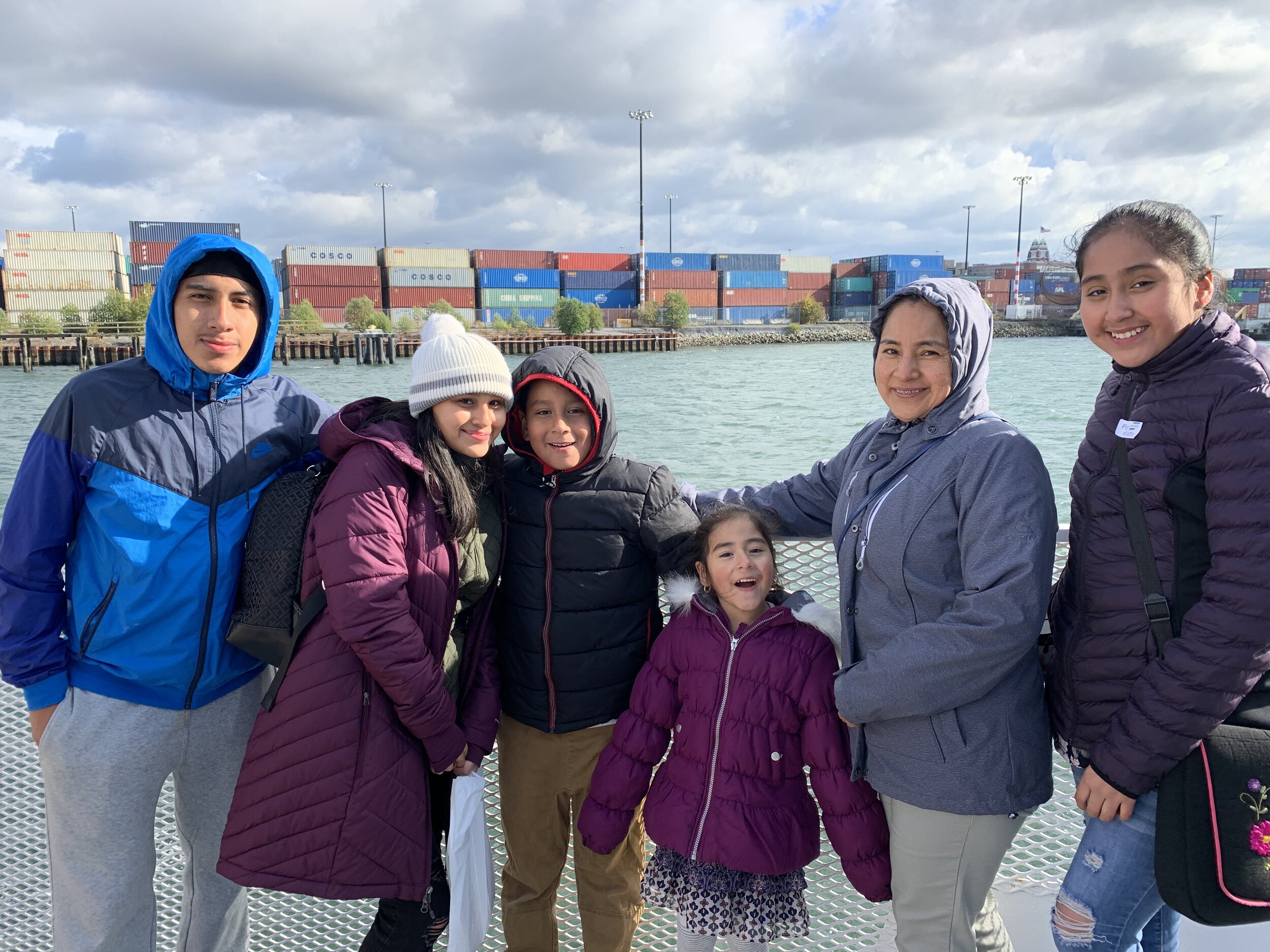Why is our work important?
South Seattle’s Duwamish Valley has long been referred to as a community with environmental injustices—a community with disproportionately high environmental health burdens and risks and fewer positive environmental benefits than the rest of Seattle—but limited evidence has been available to date to validate or quantify this characterization. The Duwamish River Community Coalition represents an alliance of community, tribal, environmental, and small business groups affected by ongoing pollution and cleanup plans for Seattle’s lower Duwamish River, a 5.5-mile-long Superfund Site. The Duwamish Valley’s riverfront neighborhoods of South Park and Georgetown are home to residents who are among those most impacted by the Superfund Site, with potential exposures from contact with contaminated sediments on neighborhood beaches, swimming or wading in the river, and from fishing. South Park and Georgetown are among Seattle’s lowest income neighborhoods, and South Park, in particular, is one of the city’s most ethnically diverse neighborhoods.
The Duwamish Valley neighbors are exposed to multiple environmental justice concerns and include a high percentage of susceptible or vulnerable populations. In addition, they have historically lacked access to, and influence on, decision-makers that shape the future of their communities as other, more affluent, communities in the region have.
The population is 42% foreign-born, 40% Latino, and more than 70% people of color, including Asian, Pacific Islander, Hispanic, African American, and Native American. 71.7% of those in zip code 98108 are below 200% of the Federal Poverty Line, the highest percentage of any health reporting area in King County (American Community Survey, 2008-2012).
Life expectancy is eight years shorter in the Duwamish Valley than the City of Seattle and King County averages, and a full 13 years shorter when compared to more affluent, predominantly white neighborhoods in Seattle (Just Health Action and DRCC/TAG, 2013). In addition, these communities are exposed to environmental health concerns and inequities, including proximity to the Lower Duwamish Waterway Superfund site (one of the most toxic hazardous waste sites in the nation), access to only 40 square feet of green space per resident versus an average 387 square feet per resident within Seattle City limits, and air pollution from a disproportionate number of polluting industries as well as surrounding major highways (State Highways 99 and 509, and Interstate 5). These factors combine to produce a community facing significant health, public safety, and economic disparities that require community advocacy and systemic investment to repair.
See how we use Community Based Participatory Research to compile community information to incorporate community perspectives.
DRCC/TAG employed Community Based Participatory Research ( CBPR) in the research in order to:
• Compile community information for the Cumulative Health Impacts Analysis;
• Create mechanisms to incorporate perspectives from community based organizations
• Build and strengthen the technical capacity of community based organizations and community environmental justice and health leaders; and
• Empower the local community to take action to improve its own health and work to eliminate disparities.



